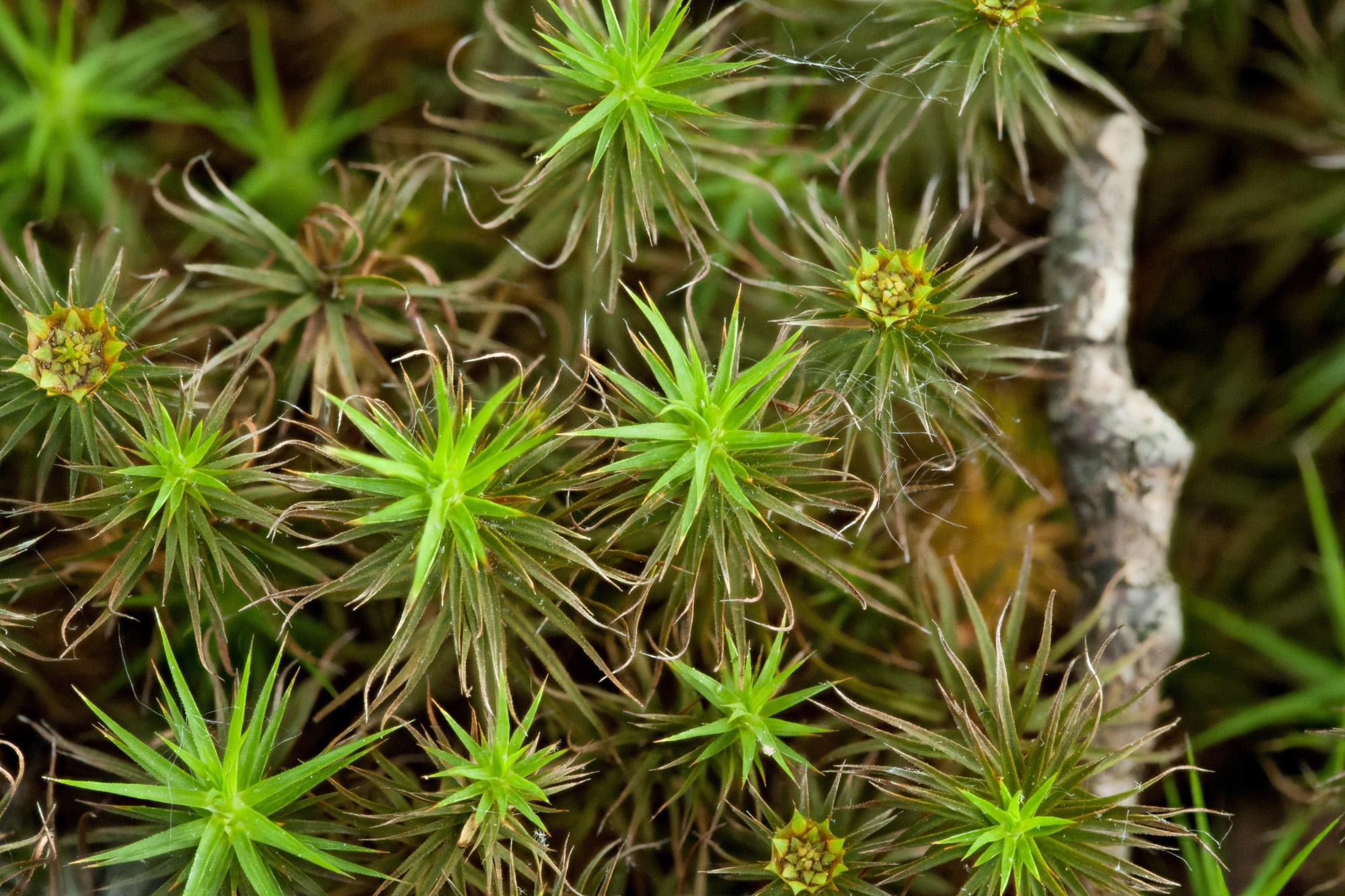
Polytrichum-commune-8.jpg from: https://ohiomosslichen.org/moss-polytrichum-commune/
Introduction
The world of mosses is a fascinating one, filled with tiny, unassuming plants that play a crucial role in our ecosystems. Among these mosses is the Polytrichum commune subsp. swartzii (Hartm.) C.Hartm., a member of the Polytrichaceae family, commonly known as Polytrichum. This moss may be small, but it packs a punch in terms of its unique features and ecological significance.
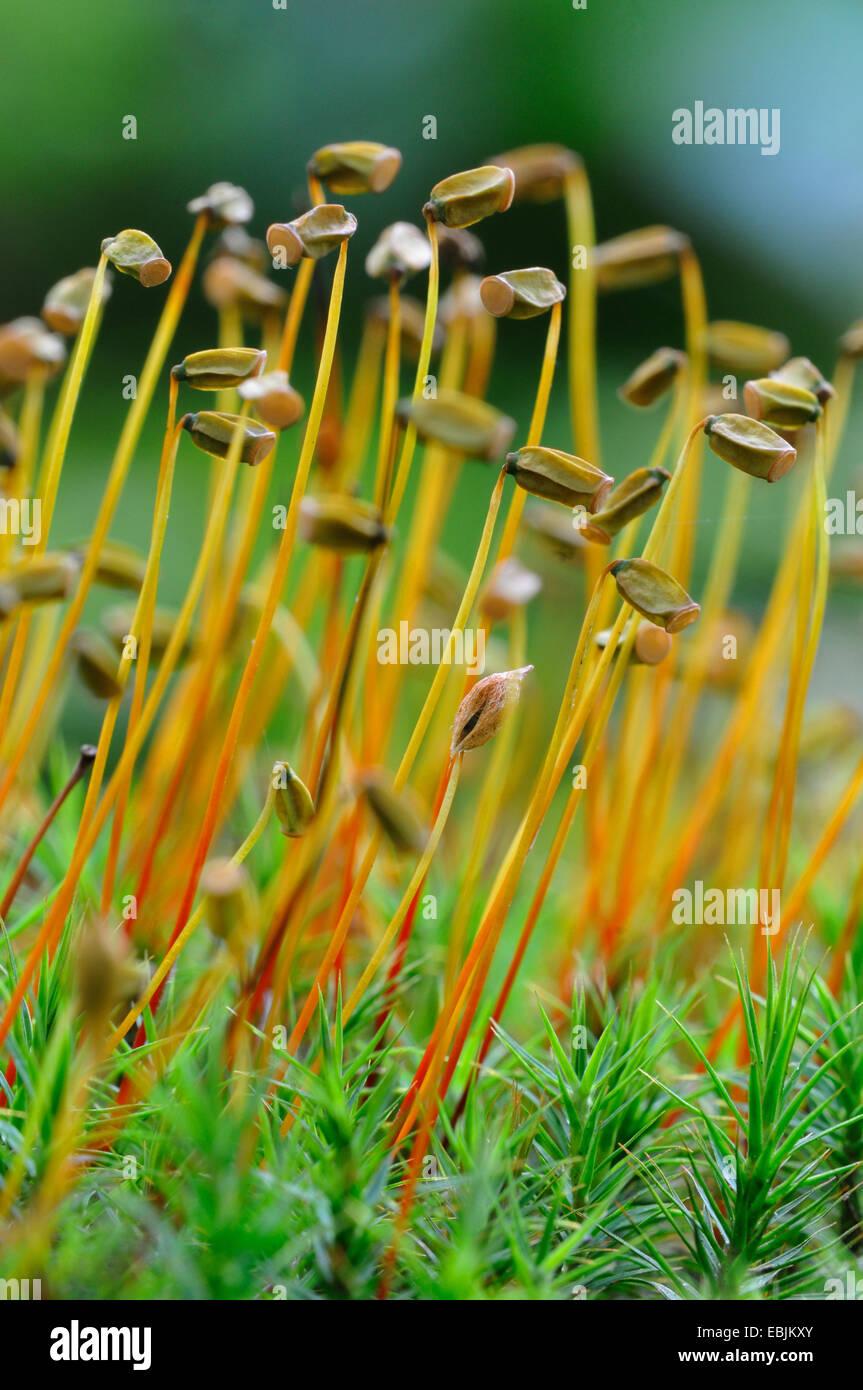
hair-cap-moss-polytrichum-commune-spore-capsule-germany-EBJKXY.jpg from: https://www.alamy.com/stock-photo-hair-cap-moss-polytrichum-commune-spore-capsule-germany-76013475.html
Background
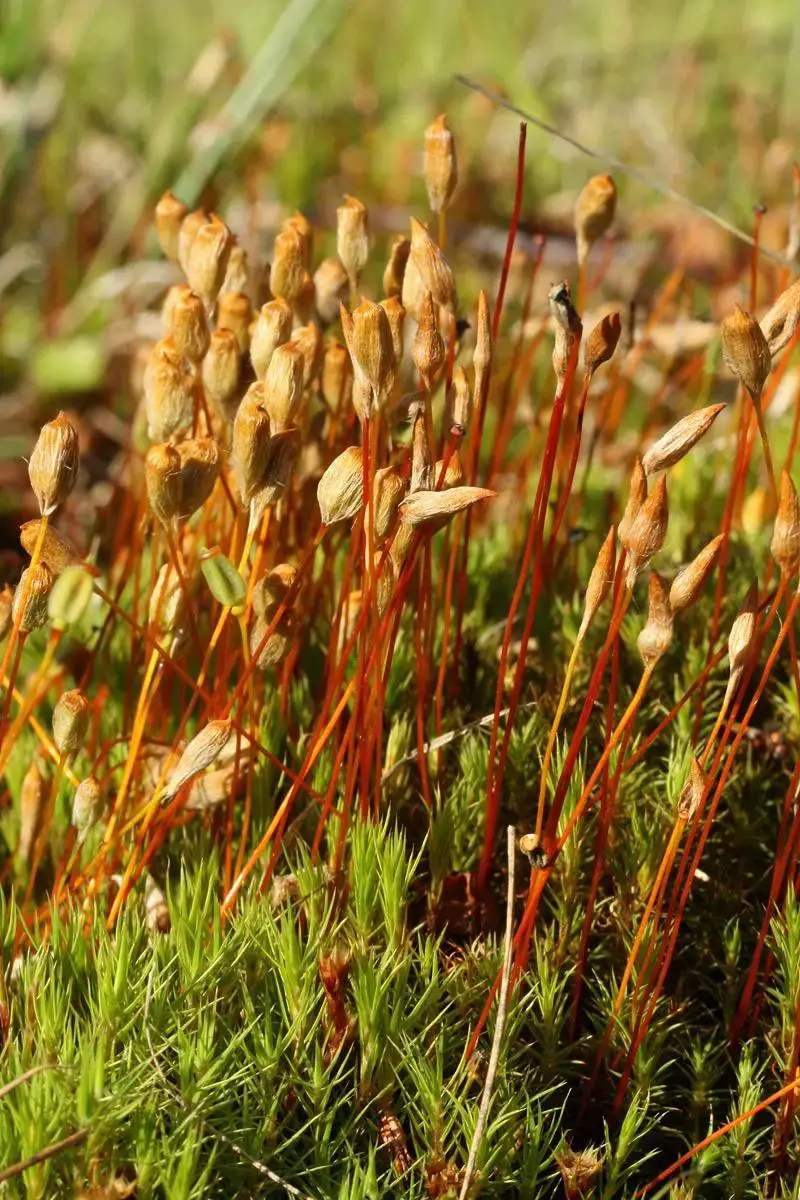
734488_c43f67cb.jpg from: https://www.plantarium.ru/page/image/id/734488.html
Before we dive into the details of this remarkable moss, let’s set the stage with some background information.
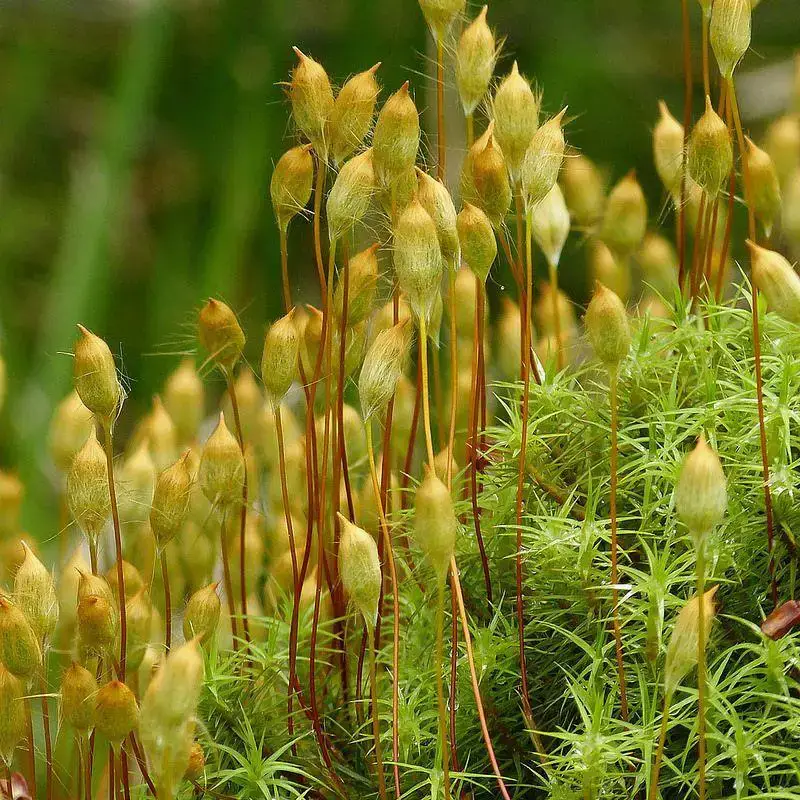
16596ad2e2446a9797afda6f1c6062f0.jpg from: https://www.pinterest.com/pin/416653403008110641/
Bryophytes, which include mosses, liverworts, and hornworts, are among the oldest land plants on Earth. They played a pivotal role in the transition of plant life from aquatic to terrestrial environments millions of years ago. Despite their diminutive size, these plants are true survivors, thriving in a wide range of habitats and contributing to the overall health of our ecosystems.
Main Content
Morphology and Identification
The Polytrichum commune subsp. swartzii (Hartm.) C.Hartm. is a striking moss, easily recognizable by its distinctive features. It forms dense, cushion-like tufts or mats, with upright stems that can reach heights of up to 20 centimeters. The leaves are narrow, lance-shaped, and arranged in a spiral pattern around the stem. One of the most remarkable features of this moss is its hairy calyptra, a protective cap that covers the developing sporophyte (spore-bearing structure).
Global Distribution and Habitat
This moss is widely distributed across the Northern Hemisphere, thriving in a variety of habitats, including forests, meadows, bogs, and even disturbed areas. It is particularly abundant in regions with cool, moist climates, such as the
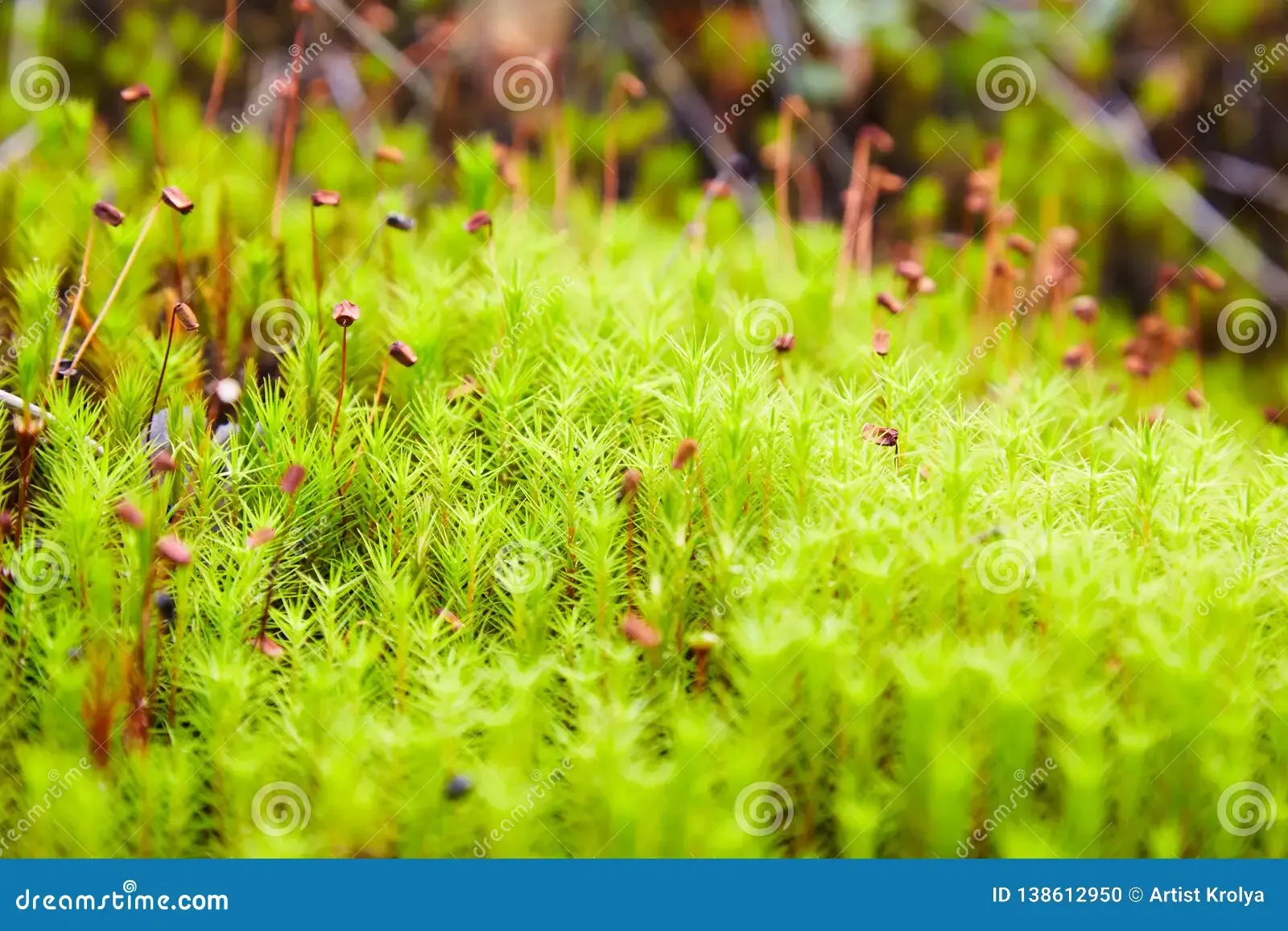
green-moss-polytrichum-commune-growing-forest-summer-selective-focus-green-moss-polytrichum-commune-growing-138612950.jpg from: https://www.dreamstime.com/green-moss-polytrichum-commune-growing-forest-summer-selective-focus-green-moss-polytrichum-commune-growing-image138612950
boreal forests of North America and Eurasia. The Polytrichum commune subsp. swartzii (Hartm.) C.Hartm. is well-adapted to these environments, thanks to its ability to retain moisture and its tolerance for a wide range of soil conditions.
Ecological Roles and Adaptations
Despite its small size, the Polytrichum commune subsp. swartzii (Hartm.) C.Hartm.
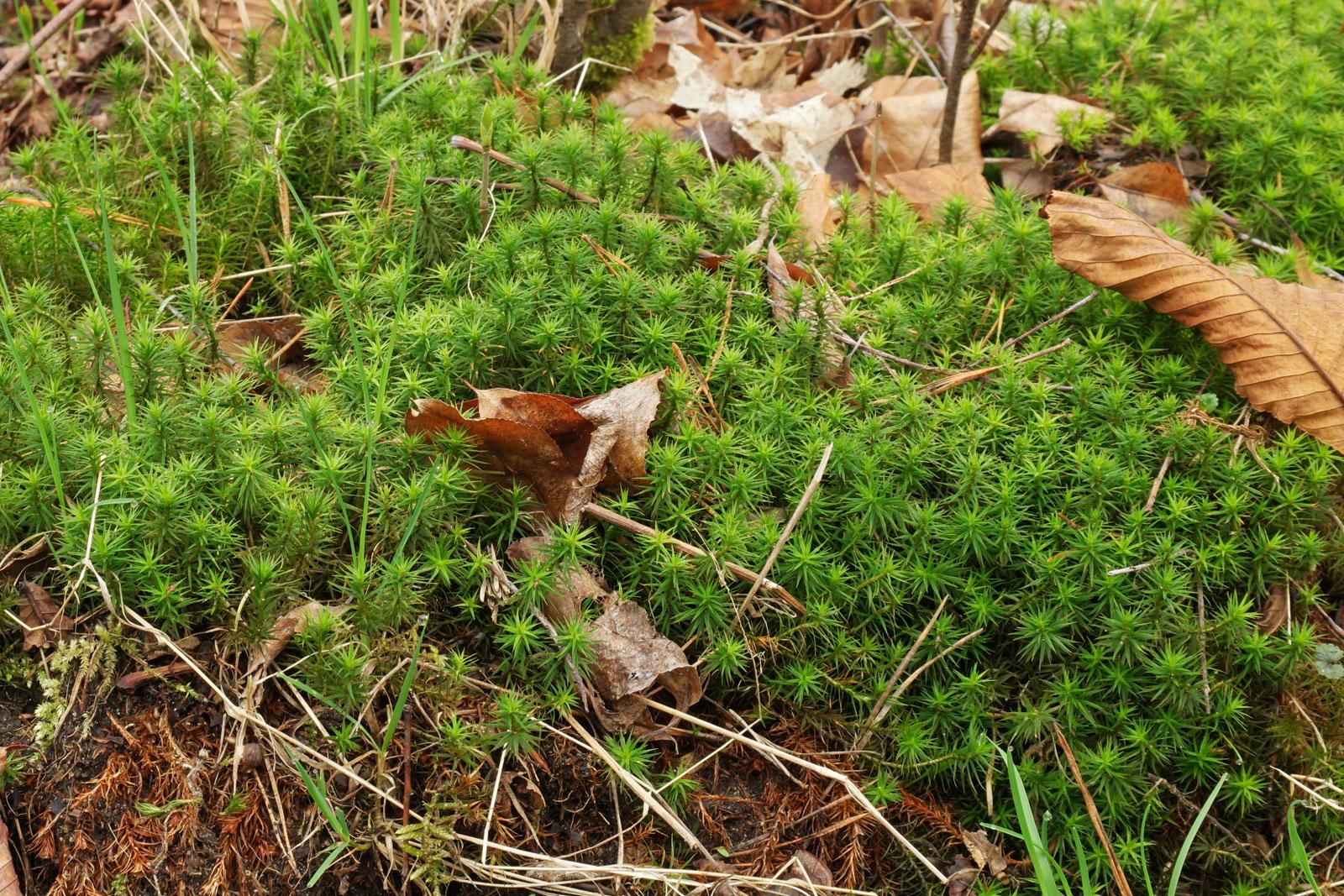
Polytrichum-commune-1.jpg from: https://plantsam.com/polytrichum-commune/
plays a vital role in its ecosystem. It acts as a pioneer species, colonizing bare or disturbed areas and helping to stabilize the soil. Its dense mats create a microhabitat for other organisms, such as insects, fungi, and even small vertebrates. Additionally, this moss contributes to the carbon cycle by absorbing carbon dioxide and releasing oxygen through photosynthesis.
One of the remarkable adaptations of this moss is its ability to

152588892304834563.jpeg from: https://www.picturethisai.com/pt/wiki/Polytrichum_commune.html
reproduce both sexually and asexually. It can produce spores for sexual reproduction, but it can also propagate vegetatively through the fragmentation of its stems or the production of specialized structures called gemmae. This versatility in reproduction ensures the survival and spread of the species, even in challenging environments.
Case Studies/Examples
The Polytrichum commune subsp. swartzii (Hartm.) C.Hartm. has been the subject of numerous scientific studies, highlighting its importance in various ecosystems. For example, research conducted in the boreal forests of Canada has shown that this moss plays a crucial role in regulating soil moisture and nutrient cycling, contributing to the overall health and productivity of these ecosystems.
Technical Table
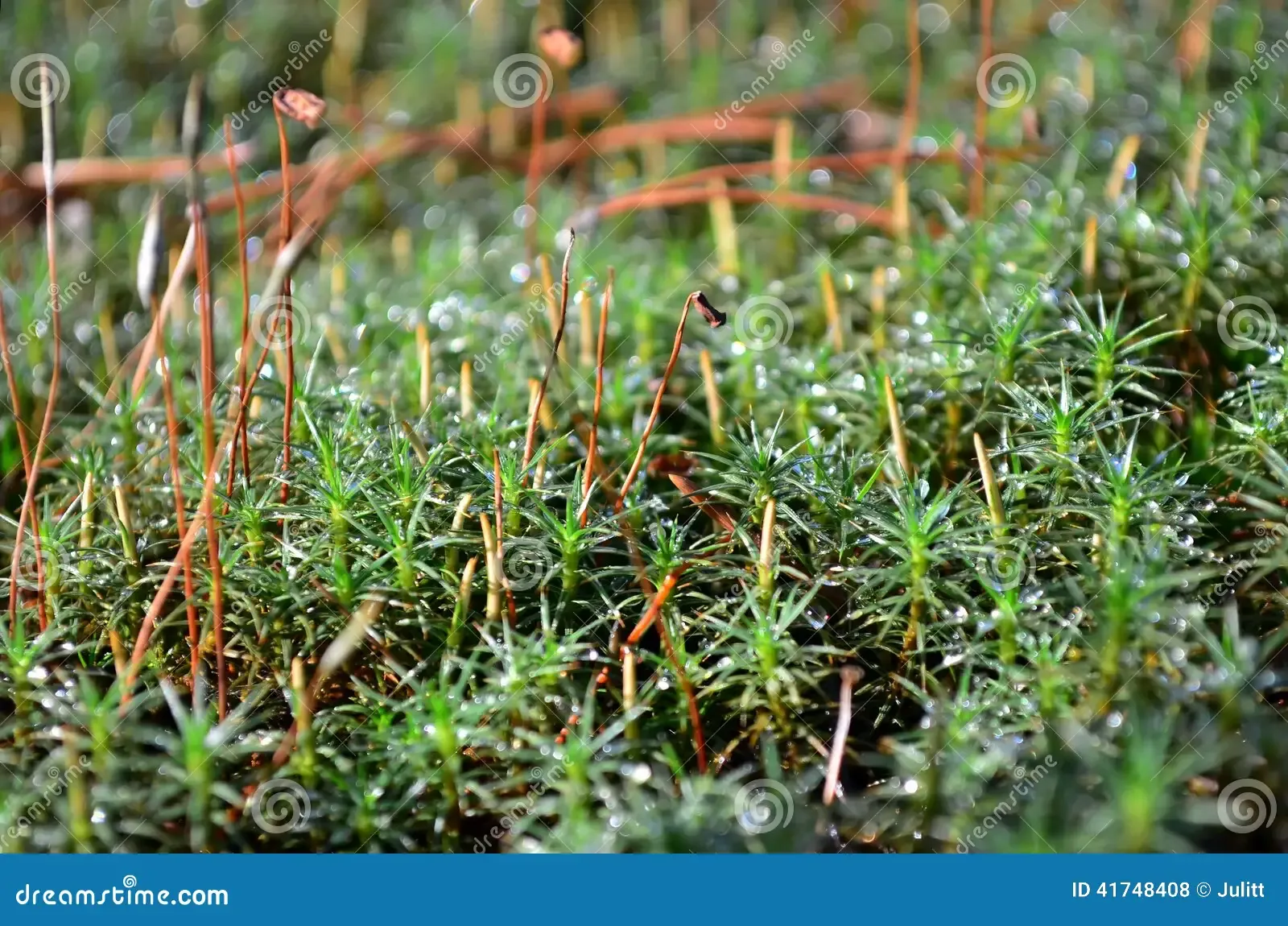
green-moss-polytrichum-commune-autumn-forest-shallow-depth-field-41748408.jpg from: https://www.dreamstime.com/stock-photo-green-moss-polytrichum-commune-autumn-forest-shallow-depth-field-image41748408
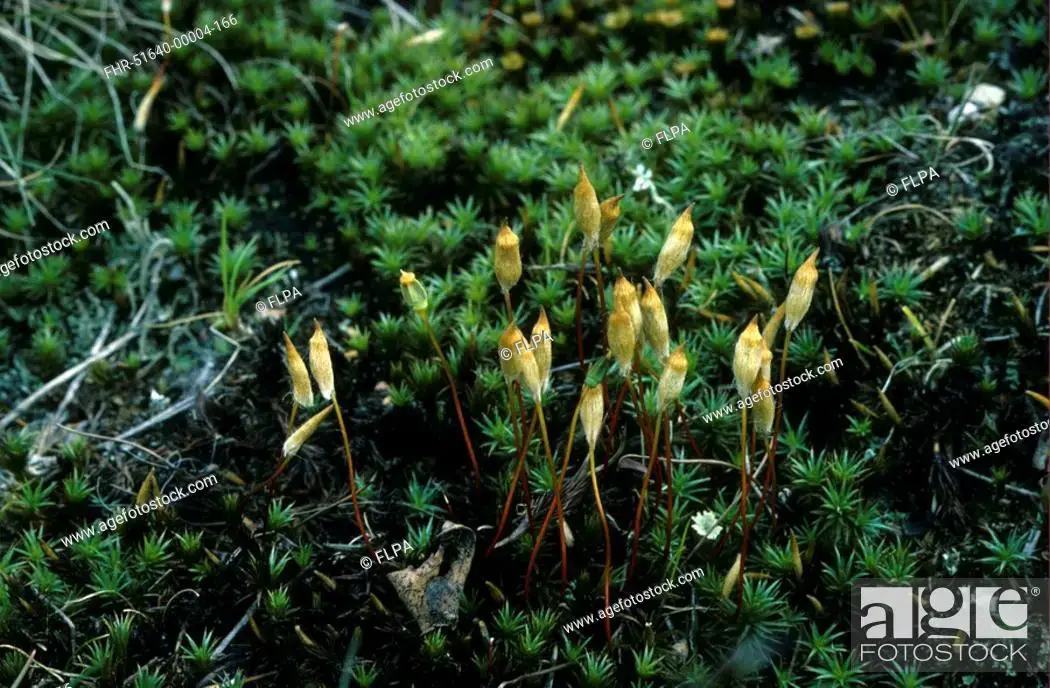
fhr-51640-00004-166.jpg from: https://www.agefotostock.com/age/en/details-photo/moss-polytrichum-commune-showing-capsules/FHR-51640-00004-166
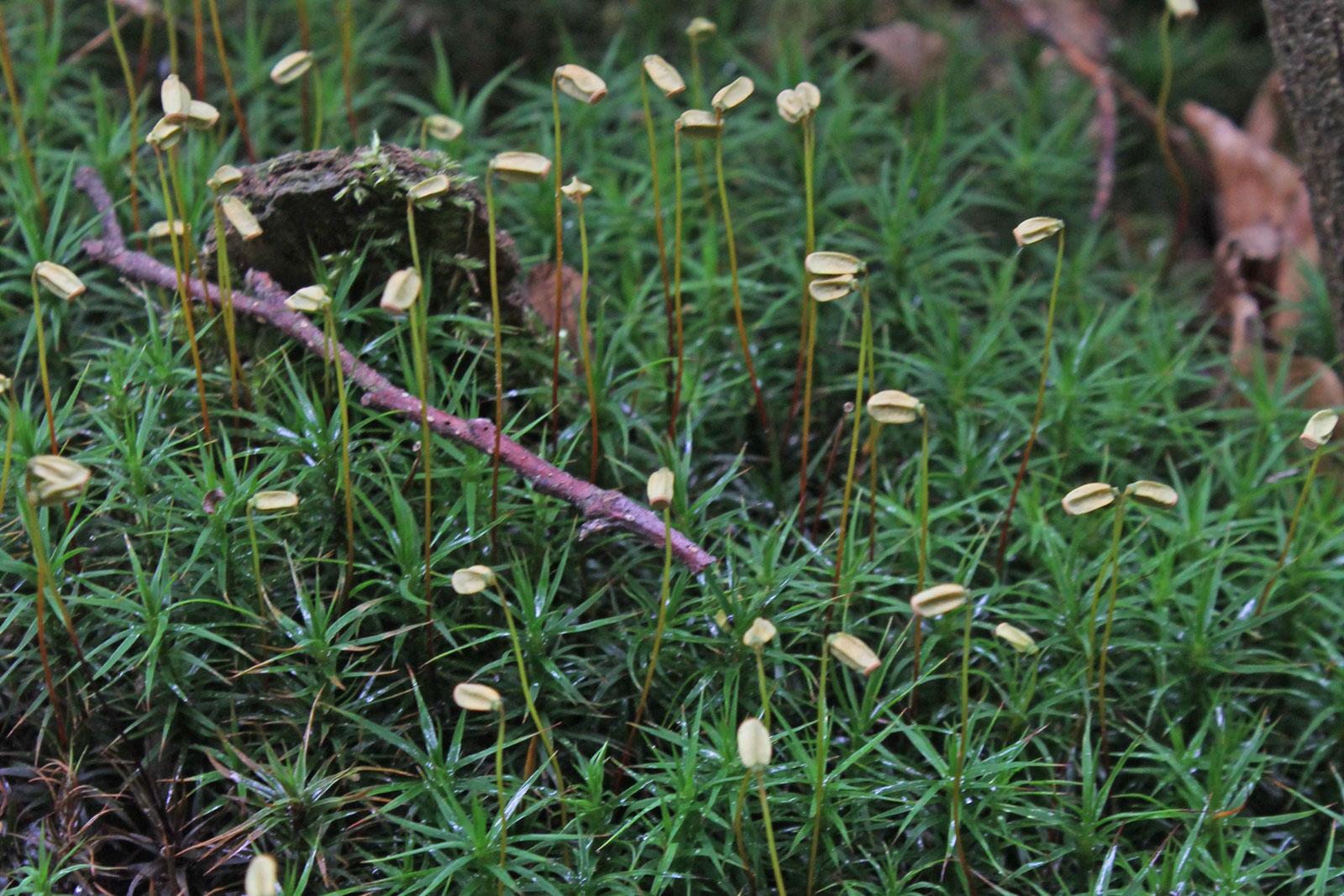
1_Polytrichum-commune.jpg from: https://plantasflores.net/polytrichum-commune/
| Characteristic | Description |
|---|---|
| Scientific Name | Polytrichum commune subsp. swartzii (Hartm.) C.Hartm. |
| Family | Polytrichaceae |
| Common Name | Polytrichum |
| Growth Form | Dense tufts or mats |
| Stem Height | Up to 20 cm |
| Leaf Shape | Narrow, lance-shaped |
| Calyptra | Hairy, covering the developing sporophyte |
| Reproduction | Sexual (spores) and asexual (fragmentation, gemmae) |
| Distribution | Northern Hemisphere, boreal forests, meadows, bogs |
| Ecological Roles | Pioneer species, soil stabilization, microhabitat creation, carbon cycle |
Conclusion
The Polytrichum commune subsp. swartzii (Hartm.) C.Hartm. may be small, but its impact on our ecosystems is anything but insignificant. This remarkable moss serves as a reminder of the intricate web of life that exists all around us, even in the most unassuming places. As we continue to explore and appreciate the wonders of the natural world, let us ponder this thought-provoking question: What other hidden gems lie waiting to be discovered, and what lessons can they teach us about the delicate balance of our planet?